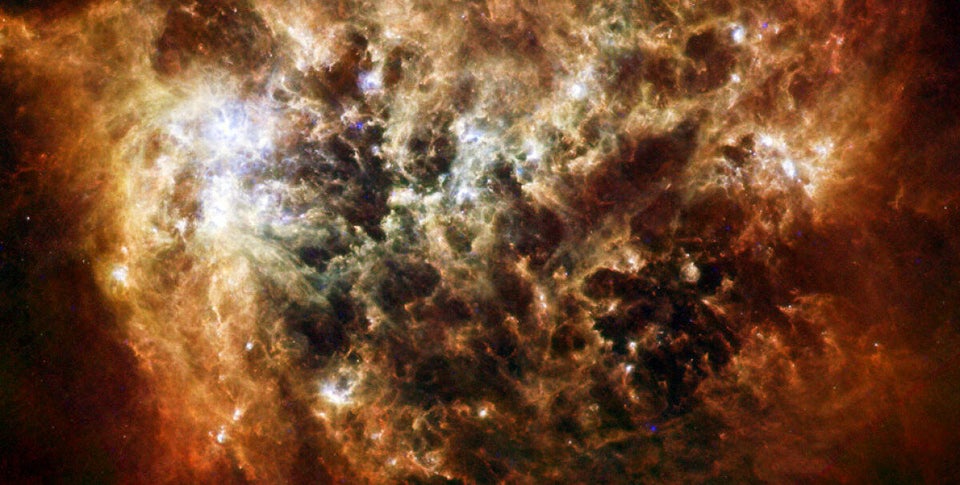Astronomers experimenting with new methods of searching space say they expect to find 100 billion Earth-like planets.
That's 100,000,000,000.
The holy grail of space exploration is to find a planet in the so-called 'Goldilocks Zone', where it is not too far and not too close from its star to be habitable - or at least allow liquid water to exist.

Scientists are able to see more detail in space than ever before
Currently these planets are incredibly hard to spot as they are tiny in comparison to the stars they orbit.
Astronomers look for tiny variations in the light emitted by the stars as planets move in front of them, a process called microlensing.
Dr Phil Yock, from the department of physics at the University of Auckland, has proposed combining this data with that gleaned from Nasa's Kepler Space Telescope.
He said: "Kepler finds Earth-sized planets that are quite close to parent stars, and it estimates that there are 17 billion such planets in the Milky Way. These planets are generally hotter than Earth.
"Our proposal is to measure the number of Earth-mass planets orbiting stars at distances typically twice the Sun-Earth distance. Our planets will therefore be cooler than the Earth.
"By interpolating between the Kepler and microlensing observation results, we should get a good estimate of the number of Earthlike, habitable planets in the Galaxy."
Yock is expecting great things from the new technique.
He added: "We anticipate a number in the order of 100 billion. Of course, it will be a long way from measuring this number to actually finding inhabited planets, but it will be a step along the way.”
Currently there are around 860 identified exoplanets but as technology advances this number increases exponentially.
